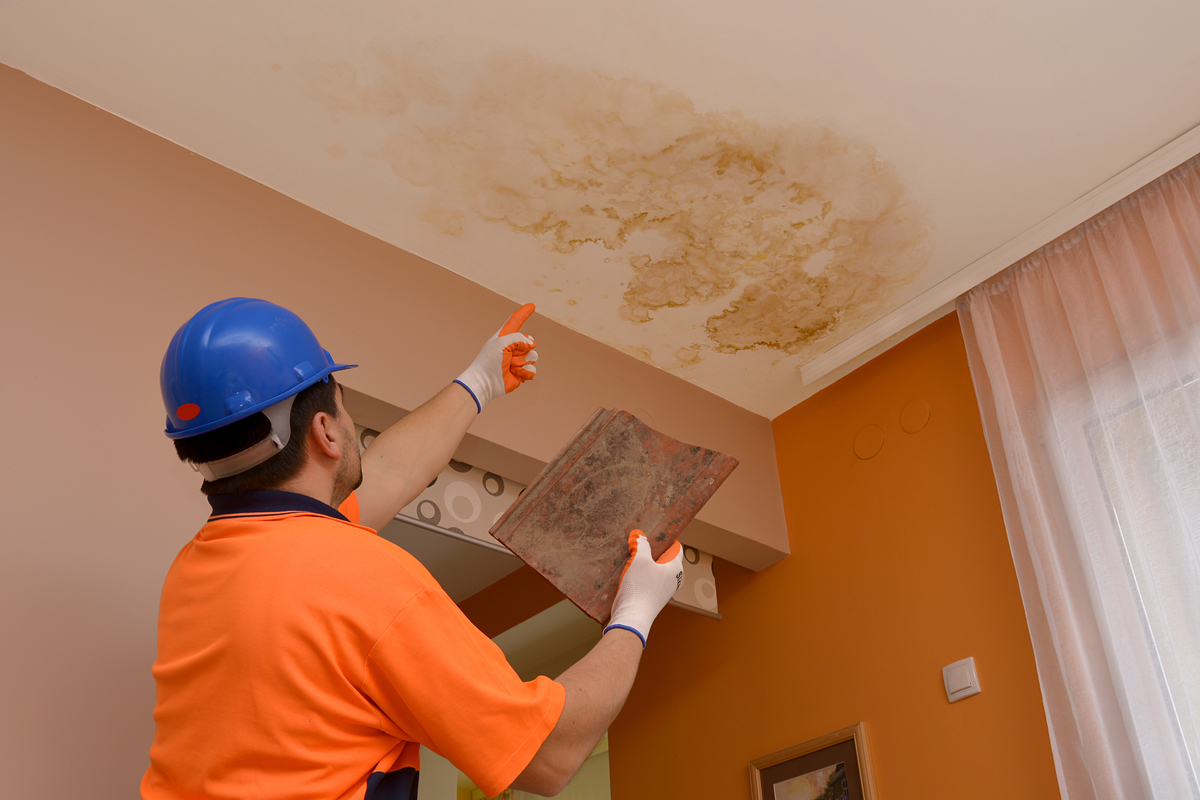The Home's Most Typical Factors of Leakage: Detailed Examination
The Home's Most Typical Factors of Leakage: Detailed Examination
Blog Article
Have you been searching for information about How to detect water leaks in your home?
Leaks not just create waste of water however can also cause unneeded damage to your home and advertise unwanted organic development. By looking as well as recognizing for everyday situations that create leakages, you can secure your house from future leaks and unneeded damage.
Elbowing in origins
The majority of water leakages start outside the home instead than inside it. You might observe wet patches or sinkholes in your backyard, and that might mean that tree origins are getting into water lines creating water to permeate out.
Corroded water supply
This might be the cause of staining or bending on your water pipes. If our plumbing system is old, consider replacing the pipes since they are at a higher threat of corrosion than the more recent models.
Malfunctioning Pipe Joints
The point at which your pipelines connect is often the weakest web link in the waterline. Pipeline joints can deteriorate in time, leading to water leakages. The majority of pipe joints are not easily visible. If you have noisy pipes that make ticking or banging noises, particularly when the warm water is switched on, your pipe joints are probably under a lot of pressure. It is a good idea to have your plumber inspect your system annually.
Immediate temperature changes.
Extreme temperature adjustments in our pipelines can trigger them to increase as well as contract unexpectedly. This growth and tightening might trigger cracks in the pipelines, especially if the temperature level are below cold.
Poor Water Connectors
At times, a leakage can be created by loose pipes and pipelines that supply your devices. In case of a water links leak, you may observe water running straight from the supply line or puddles around your devices.
Clogged Drains
Obstructed drains could be frustrating and inconveniencing, however they can sometimes wind up creating an overflow resulting in rupture pipes. Maintain eliminating any kind of materials that may drop your drains pipes that can clog them to prevent such inconveniences.
All the above are root causes of leaks yet not all water leaks result from plumbing leakages; some leaks might originate from roof covering leakages. All leakages should be repaired quickly to avoid water damage.
Leakages not just trigger waste of water yet can also create unnecessary damage to your home and promote undesirable natural development. By comprehending and looking for day-to-day situations that create leakages, you can secure your residence from future leakages and unnecessary damage. Today, we will look at six leak creates that might be causing your pipelines to leak.
At times, a leakage can be triggered by loosened tubes and pipes that supply your appliances. In situation of a water connections leak, you may observe water running straight from the supply line or pools around your home appliances.
How To Check For Water Leak In Your Home
How To Check for Leaks
The average household's leaks can account for nearly 10,000 gallons of water wasted every year and ten percent of homes have leaks that waste 90 gallons or more per day. Common types of leaks found in the home are worn toilet flappers, dripping faucets, and other leaking valves. These types of leaks are often easy to fix, requiring only a few tools and hardware that can pay for themselves in water savings. Fixing easily corrected household water leaks can save homeowners about 10 percent on their water bills.
To check for leaks in your home, you first need to determine whether you're wasting water and then identify the source of the leak. Here are some tips for finding leaks:
Take a look at your water usage during a colder month, such as January or February. If a family of four exceeds 12,000 gallons per month, there are serious leaks.
Check your water meter before and after a two-hour period when no water is being used. If the meter changes at all, you probably have a leak.
Identify toilet leaks by placing a drop of food coloring in the toilet tank. If any color shows up in the bowl after 10 minutes, you have a leak. (Be sure to flush immediately after the experiment to avoid staining the tank.)
Examine faucet gaskets and pipe fittings for any water on the outside of the pipe to check for surface leaks.
Undetected water leaks can happen without the home or business owner even realizing. If you suspect a water leak, but not able to find the source. It is time to contact a professional water leak detection service, The Leak Doctor.
How To Find a Water Leak In Your Home
https://www.leakdoctor.com/blog/How-To-Check-For-Water-Leak-In-Your-Home_AE197.html

We had been guided to that editorial on Top Causes of Home Water Leaks from a friend on another domain. Appreciated our piece? Please share it. Help others locate it. Thank you for taking the time to read it.
Quick help? Contact. Report this page